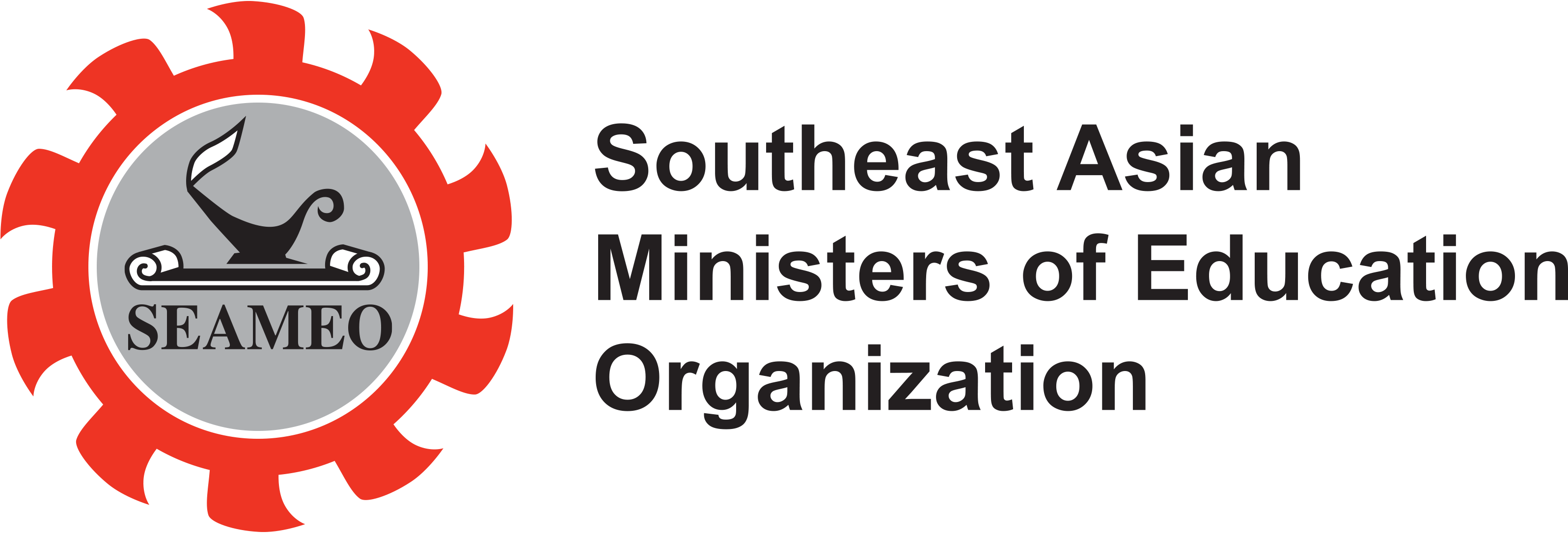Nov 12 | 2019
Disparities in social standing and wealth can prove very detrimental to learners and teachers alike.
According to the UN, inequality is on the rise throughout Asia.
Even countries heralded as models of economic growth and social progression are seeing the gulf between the privileged and the disadvantaged widen.
Education technology is well poised the help. After all, education is one of the areas that the UN has identified as being amongst the most unequal. With that in mind, companies and EdTech producers around the world’s largest continent are doing their bit to close the equality gap.
Education is one of the main drivers of wealth disparity throughout Asia. The Asian Development Bank states that those workers that come from a full educated background, covering full primary and secondary levels, see their incomes rise. Such educator workers account for 25-35% of continental income inequality.
However, the problem goes beyond post-education earning power. Many children simply are not enrolled in school.
UNICEF reports that in Southeast Asia alone over 30 million primary and early secondary age children do not receive any state schooling. This is higher than the level of Asian school-aged children not receiving an education reported on by the UN in 2011, which came to just under 30m at this time.
A further 16 million pupils of pre-school age are not enrolled in pre-primary education either.
One in four students in Central and Southern Asia will never step foot in a primary school if current inequality trends continue.
There is rocketing demand for higher education too. In South Asia, for instance, over 600m people are aged under 18, creating a intense competition for university places. Again, those disadvantage students will likely miss out.
With university-age students increasingly heading to overseas universities, there is also a disparity in the quality of education from Asian higher education institutes. In China, for example, more than 400,000 “sea turtles”, i.e. those educated abroad, return annually, bringing with them skillsets and knowledge unavailable at domestically.
So, it’s a question of access and quality. Where does EdTech fit into this puzzle?
Speaking to Study International, India-based educator and EdTech evangelist Jay Terwilliger said: “[Edtech] is actually a great equaliser. If we talk about modern instructional technology, the single greatest resource is by far the Internet, and equal access to the same can actually be had very cheaply.”
“Technology gives a world of opportunities to people. It’s a great way to close the gap between the rich and the poor,” adds Niel Jarett, an international school teacher and blogger.
Online platforms are providing blended and e-learning opportunities for continental students.
Kelase is one such company providing an e-learning solution to improve student engagement in state-run and private schools and learning institutes throughout Indonesia.
For instance, the Sukapura State Elementary School 05 in Jakarta, an area known for child poverty, uses Kalase’s online platforms to digitally transform their learning. Here, students use their own devices, including phones, tablets or laptops to access practice questions and semester exams at this school.
As such, they can take learning home and give themselves greater access to education and share their learnings and exercises with disadvantaged school-age children in the greater Jakarta area.
Mobile technology is one of the biggest inequality gap closers throughout Asia, and one of our key Asian EdTech trends to watch. Countries like Indonesia, India, and China are already the top purchasers of mobile learning technology, as well as mobile tech on the move.
As such, apps and remote learning platforms are seeing plenty of adoption throughout the region across all key stages.
Remote learning is key to supplying a solid, balanced education throughout Asia, which mobile apps are helping to achieve.
One of the most succesful is Byju, an education app packed with content for all key stages in the Indian curriculum. A flaw in India’s education system is a lack of qualified teachers, so this mobile app plugs the gap, allowing users to get a proper education, linked to various Indian syllabuses.
More than 30 million learners at Byju learners, which is why the company now holds a market capitalisation of more than $5bn.
Asia has more than 70 open universities, while in China one in ten degree-level students are taking part in online learning.
Virtual field trips, video conferencing, and the sharing of materials are all highly modern ways to connect with remote students - while also raising the profile of an institution among the international academic community.
The Chinese government actually funds professors at the top universities to develop their teaching materials and publish them online, to the benefit of lower-ranked Chinese institutions.
Are you an EdTech innovator? Can your solutions help close inequality gaps throughout the world’s largest education market?
Bett Asia will help you reach a wide audience of over 2,600 government figures, teachers and education leaders, and more industry professionals in one of the most exciting and largest education technology markets in the world.
Enquire about your participation options today.
Even countries heralded as models of economic growth and social progression are seeing the gulf between the privileged and the disadvantaged widen.
Education technology is well poised the help. After all, education is one of the areas that the UN has identified as being amongst the most unequal. With that in mind, companies and EdTech producers around the world’s largest continent are doing their bit to close the equality gap.
How EdTech is fighting Asian education inequality throughout Asia
Inequality in Asia
Education is one of the main drivers of wealth disparity throughout Asia. The Asian Development Bank states that those workers that come from a full educated background, covering full primary and secondary levels, see their incomes rise. Such educator workers account for 25-35% of continental income inequality.
However, the problem goes beyond post-education earning power. Many children simply are not enrolled in school.
UNICEF reports that in Southeast Asia alone over 30 million primary and early secondary age children do not receive any state schooling. This is higher than the level of Asian school-aged children not receiving an education reported on by the UN in 2011, which came to just under 30m at this time.
A further 16 million pupils of pre-school age are not enrolled in pre-primary education either.
One in four students in Central and Southern Asia will never step foot in a primary school if current inequality trends continue.
There is rocketing demand for higher education too. In South Asia, for instance, over 600m people are aged under 18, creating a intense competition for university places. Again, those disadvantage students will likely miss out.
With university-age students increasingly heading to overseas universities, there is also a disparity in the quality of education from Asian higher education institutes. In China, for example, more than 400,000 “sea turtles”, i.e. those educated abroad, return annually, bringing with them skillsets and knowledge unavailable at domestically.
So, it’s a question of access and quality. Where does EdTech fit into this puzzle?
EdTech identified as a great equaliser
Speaking to Study International, India-based educator and EdTech evangelist Jay Terwilliger said: “[Edtech] is actually a great equaliser. If we talk about modern instructional technology, the single greatest resource is by far the Internet, and equal access to the same can actually be had very cheaply.”
“Technology gives a world of opportunities to people. It’s a great way to close the gap between the rich and the poor,” adds Niel Jarett, an international school teacher and blogger.
Online learning technology brings education to more learners
Online platforms are providing blended and e-learning opportunities for continental students.
Kelase is one such company providing an e-learning solution to improve student engagement in state-run and private schools and learning institutes throughout Indonesia.
For instance, the Sukapura State Elementary School 05 in Jakarta, an area known for child poverty, uses Kalase’s online platforms to digitally transform their learning. Here, students use their own devices, including phones, tablets or laptops to access practice questions and semester exams at this school.
As such, they can take learning home and give themselves greater access to education and share their learnings and exercises with disadvantaged school-age children in the greater Jakarta area.
Mobile technology is one of the biggest inequality gap closers throughout Asia, and one of our key Asian EdTech trends to watch. Countries like Indonesia, India, and China are already the top purchasers of mobile learning technology, as well as mobile tech on the move.
As such, apps and remote learning platforms are seeing plenty of adoption throughout the region across all key stages.
Remote learning is key to supplying a solid, balanced education throughout Asia, which mobile apps are helping to achieve.
One of the most succesful is Byju, an education app packed with content for all key stages in the Indian curriculum. A flaw in India’s education system is a lack of qualified teachers, so this mobile app plugs the gap, allowing users to get a proper education, linked to various Indian syllabuses.
More than 30 million learners at Byju learners, which is why the company now holds a market capitalisation of more than $5bn.
Asia has more than 70 open universities, while in China one in ten degree-level students are taking part in online learning.
Virtual field trips, video conferencing, and the sharing of materials are all highly modern ways to connect with remote students - while also raising the profile of an institution among the international academic community.
The Chinese government actually funds professors at the top universities to develop their teaching materials and publish them online, to the benefit of lower-ranked Chinese institutions.
Bett Asia: Helping combat education inequality across the continent
Are you an EdTech innovator? Can your solutions help close inequality gaps throughout the world’s largest education market?
Bett Asia will help you reach a wide audience of over 2,600 government figures, teachers and education leaders, and more industry professionals in one of the most exciting and largest education technology markets in the world.
Enquire about your participation options today.
.png?ext=.png)







.png?ext=.png)




.png?ext=.png)



.png?ext=.png)







.png?ext=.png)

.png?ext=.png)

.png?ext=.png)



-4000px-(2).png?ext=.png)




